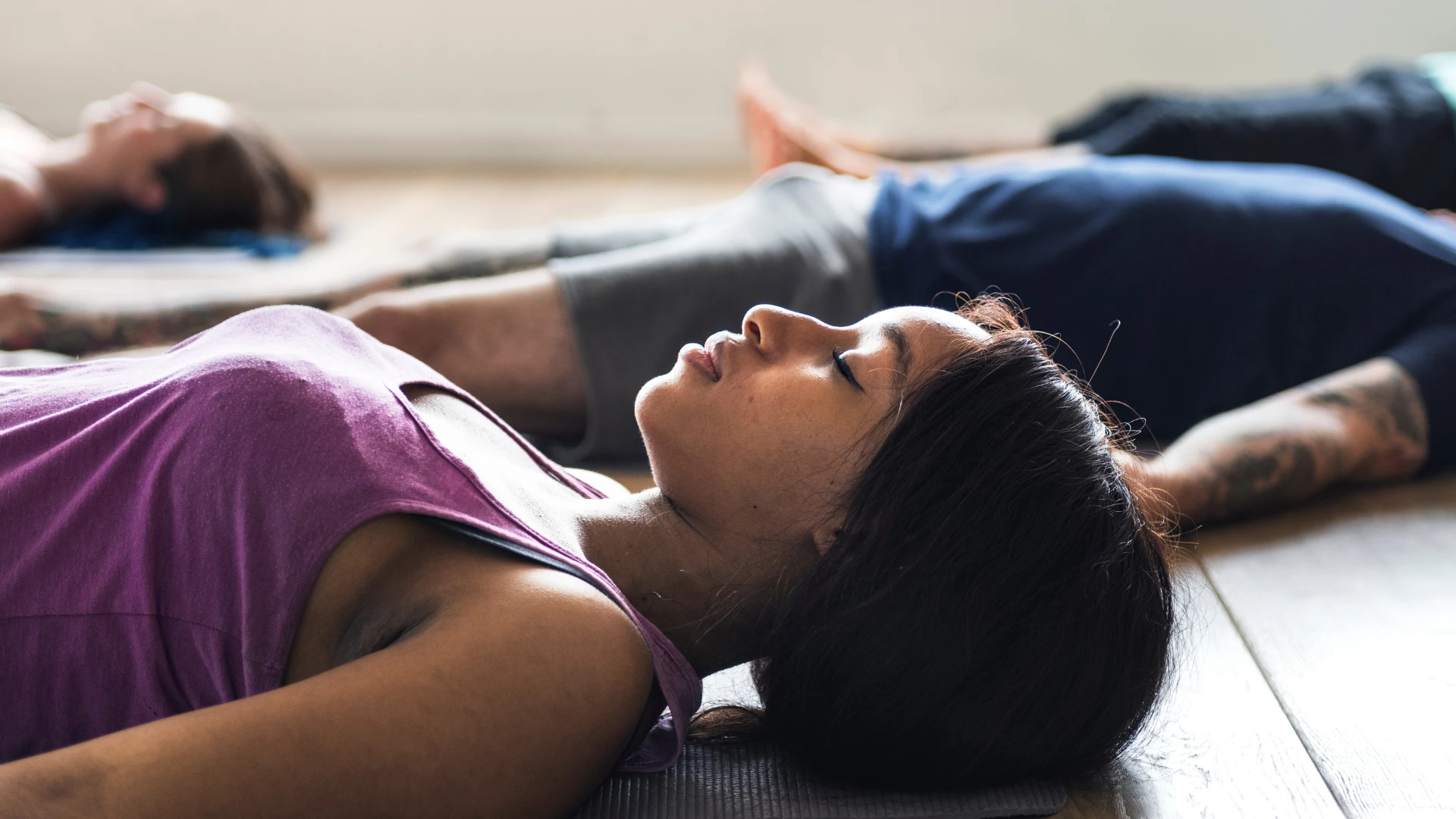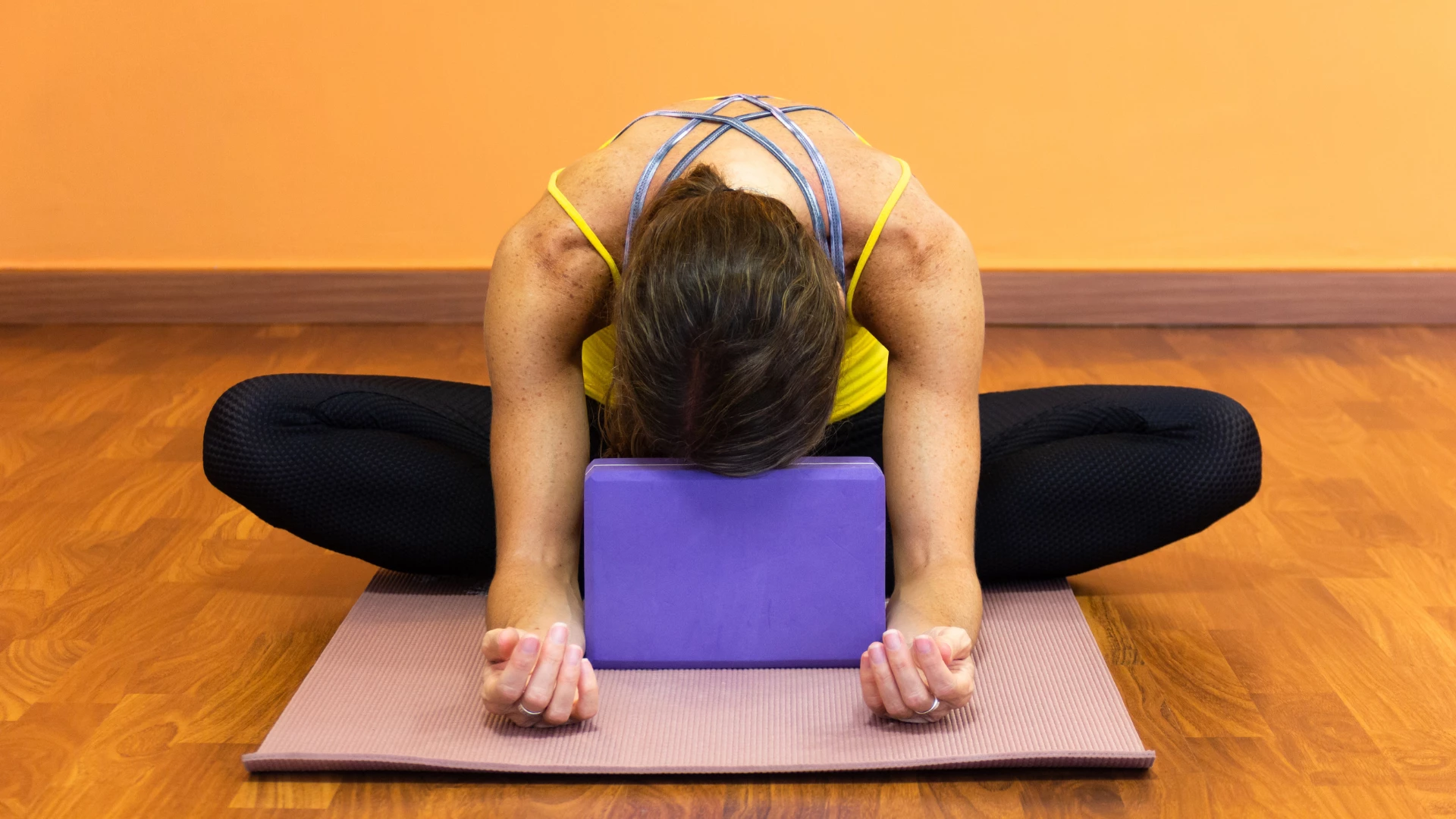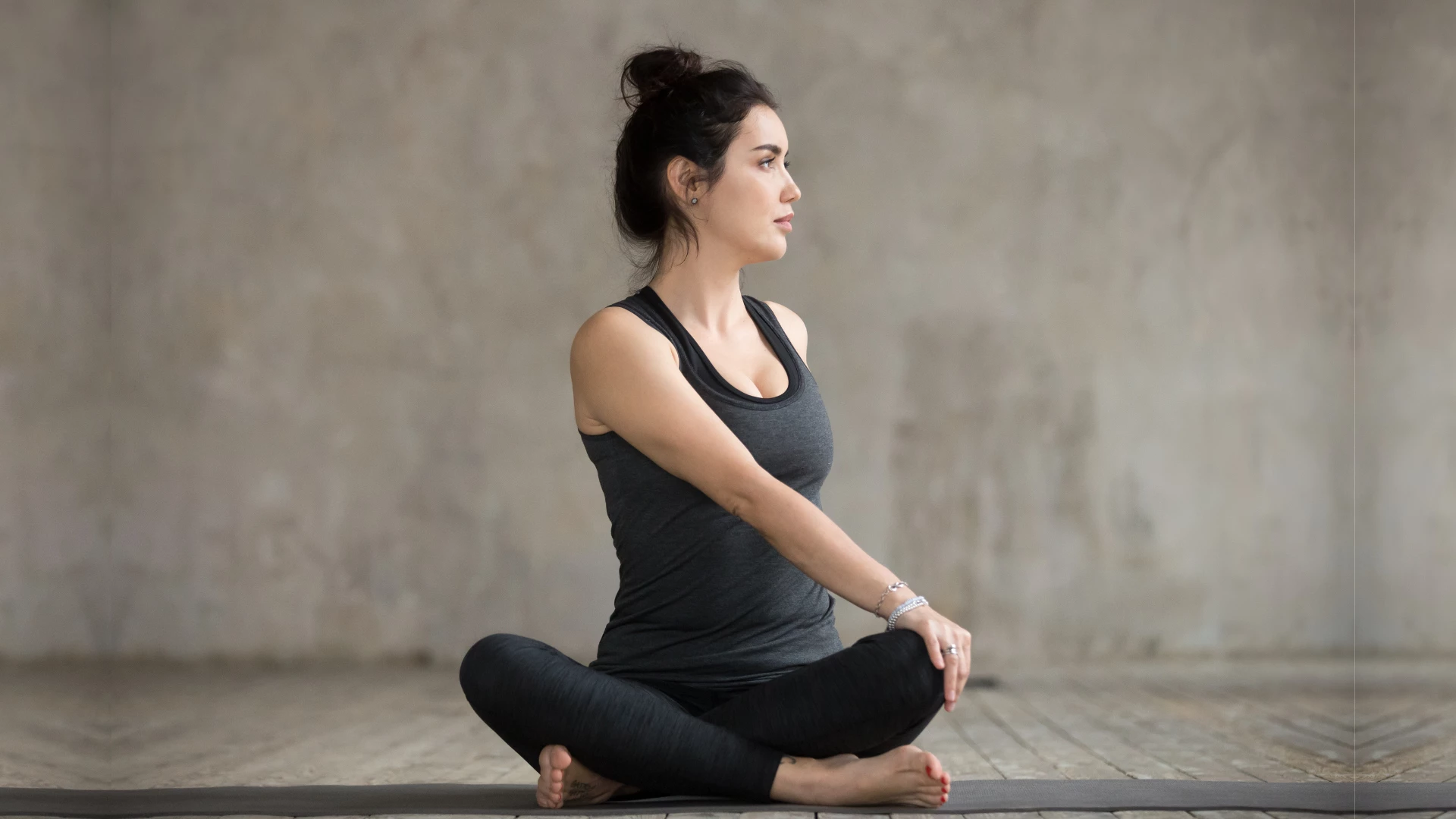Finding Yogic Calm in the Eye of the Family Storm

Article At A Glance
Ram Dass famously said, “If you think you’re enlightened, go spend a week with family.” Spending time with family can be both edifying and challenging. Family situations have a way of pushing our buttons. Our yoga practice can aid us in finding calm in the eye of the storm. Here are four yoga practices that can keep you on an even keel.
Question: This fall, I have two family reunions coming up. Can you offer a class about not getting caught up in the family drama and, instead, finding a way back to yourself where there is peace and self-acceptance? Like finding calm in the eye of the storm.
Answer: It was great to receive this question yesterday, not because I wish anyone had difficulty with their families, but because I think it’s a valuable topic and a common concern.
If anything can push our buttons, it’s time with family. As Ram Dass said: If you think you are enlightened, go and spend a week with your family.
I’m a yoga teacher, not a therapist, but I can certainly share insights from my experiences that have proven helpful.
Vairagya: A Yogic Step Back
When I notice myself entangled in the midst of drama—family or otherwise—my first step is to practice vairagya. This is a sense of healthy detachment, or what Professor Bill Mahony aptly describes as beneficial dispassion. This is where you take a mental step back from the situation at hand.
How to Practice Vairagya
Here’s a micro practice that can help to do this:
- Begin by becoming aware of the back of your body and, especially the back of your head and your eyes.
- As you do this, expand your awareness to encompass your peripheral vision, allowing your focus to zoom out like adjusting a camera lens. You can remain fully present and attentive to the unfolding events, but you may find yourself less affected and reactive.
- A simpler approach is to observe the situation as if you were watching a television show. This subtle shift in perspective can create a helpful sense of distance and perspective.
A Yogic Breathing Exercise for Finding Calm
You can also work with your breath to process difficult emotions. One breath-based practice you might find effective is to breathe in painful emotions and imagine that you are breathing them out through the heart space. You can do this as long and as often as needed.
How to Use Yoga Poses to Find Calm
In postural practice, a focus you might find helpful is cultivating compassion and self-compassion. When you can sneak away for practice, I suggest you do poses that you genuinely enjoy and that bring a sense of ease and pleasure to your body, as well as poses that feel safe and comforting to you.

It could involve gentle stretching, rolling around on your back, or incorporating some head-down poses such as Downward Facing Dog Pose (Adho Mukha Svanasana), Standing Forward Bend Pose (Uttanasana), or Child’s Pose (Balasana). Alternatively, you may opt to lie down in Relaxation Pose (Savasana) or with your legs elevated against a wall (or on a bed or couch), or in another favorite restorative posture.
Move with Mindfulness and Self-Acceptance to Find Calm
It’s not so much about the specific asanas you practice but rather about the way in which you approach them. Take a moment to cultivate presence and mindfulness. Merely grounding yourself in the present moment can be a game-changer.
Move with tenderness, allowing your body to guide you at its own pace, emphasizing complete exhalations to release any tension. Allow any emotions that arise to flow through you without judgment, offering yourself an abundance of time, space, and breath to sit with and accept what emerges. In this process, you may notice that compassion for yourself naturally arises, providing a momentary respite amidst the storm of family dynamics.

Try to extend this sense of self-compassion when you also fall into old patterns. As psychotherapist and yoga therapist Lisa Paterson says, “Keep in mind that sometimes all the tools in the world won’t change the fact that we get swept up in family drama. This doesn’t make us bad; it just makes us human. So, we might attempt some of these practices after the fact to help us manage the feelings post-drama.”
Finally, remember that everyone is different, and what works for one may not work for another. Be gentle with yourself and know that pursuing peace and self-acceptance amidst family drama is ongoing.
Also, read...
3 Steps to Practicing Active Happiness
Yoga for Post-Holiday Stress and Anxiety Relief
Restorative Yoga and Yin Yoga: The Same or Different?
Related courses
Journey to Center: A Yoga Guide to Unlock the Full Potential of Your Core
Yoga for Healthy Hips: Principles for a Safe Practice
Need an Energy Makeover? How Yoga Can Help You Boost Vitality

Barrie Risman is an internationally recognized yoga teacher, teacher trainer, and author of Evolving Your Yoga: Ten Principles for Enlightened Practice. Download the first chapter of her book and learn more about her new livestream workshop series, Yoga for Turbulent Times: Building Strength, Resilience, and Compassion for a Changing World, at www.barrierisman.com.


